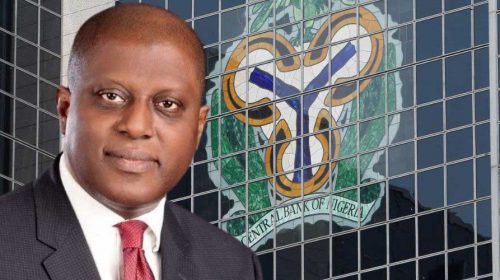Foreign debt servicing gulped $197.29m in Q3 – DMO

Nigeria spent a total of $197.29m to service foreign debts in the third quarter of this year, the Debt Management Office said on Wednesday.
Statistics obtained from the DMO in Abuja showed that multilateral sources accounted for 30 per cent of the country’s debt servicing commitment in the third quarter of the year.
The multilateral sources include two arms of the World Bank, the International Bank for Reconstruction and Development and the International Development Association.
Others are the African Development Bank Group, the Islamic Development Bank, Africa Growing Together Fund, International Fund for Agricultural Development, Arab Bank for Economic Development and the Energy Development Fund.
Bilateral loans, on the other hand, accounted for 17 per cent of the country’s external loan servicing commitment in the third quarter of the year.
Chief among the bilateral sources is the Export Import Bank of China. Others are the French Development Agency, Japan International Cooperation Agency, Exim Bank of India and Germany’s KFW Development Bank.
According to the DMO, bilateral loans for which Nigeria is making servicing payment include the loans for the Nigeria Communication Satellite, Nigeria National Public Security Communications System, Nigeria Railway Modernisation Project, Abuja Light Rail Project, Nigeria ICT Infrastructure Backbone Project, four airport terminals expansion project and the Zungeru hydroelectric project.
Commercial loans or Eurobonds, on the other hand, accounted for the highest foreign debt payment as it gulped 53 per cent of the country’s external loan commitment within the three-month period.
Nigeria had in recent times obtained four Eurobonds funding with maturity dates ranging from 2018 to 2032.
In comparative terms, the nation’s debt servicing commitment in the third quarter of the year was $139.05m higher than the $58.24m paid to external creditors in the second quarter of the year. This showed that the third quarter payment was 238.75 per cent higher.
In the first quarter of the year, however, the country spent $127.92m to service external loans.
The Federal Government had recently made a commitment to take more external loans in order to reduce the huge debt servicing burden posed by huge domestic debt commitment.
Apart from reducing the huge debt servicing costs, the government believes that this strategy will help private sector players to get more access to the local debt market as well as provide foreign exchange to lubricate the country’s challenged forex market.






Leave a Reply